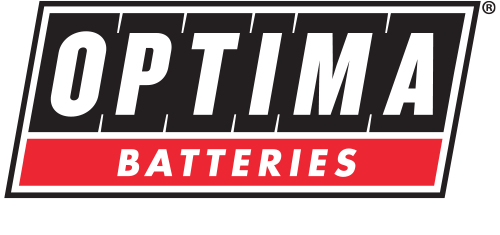


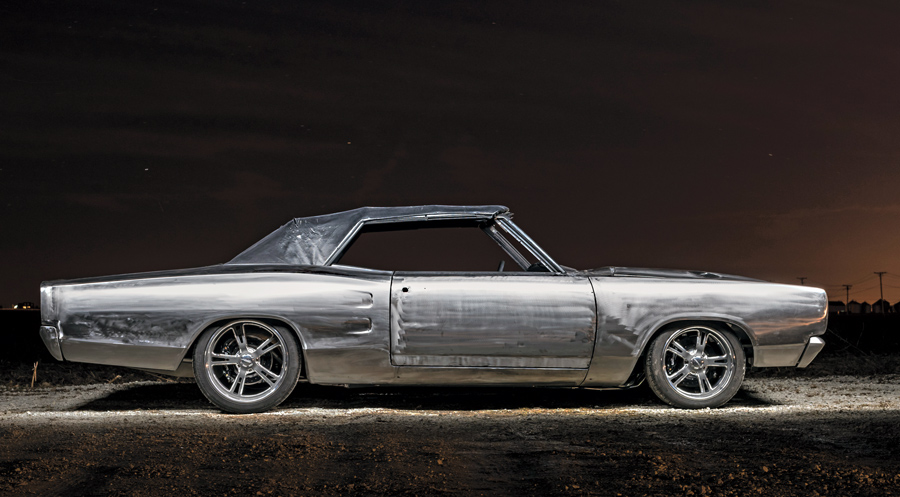




 Photography By John Jackson
Photography By John Jacksonny of us who have undertaken a major project, especially one that undergoes midstream changes, knows all too well how fast time can fly by. Dennis Hanke, of Algonquin, Illinois, fully understands how and why his 1969 Dodge Coronet convertible took the time it did. Seven years is a long time; during this time our likes, dislikes, and new ideas “trick” us into making changes. Anyone who has built a ground-up project will tell you: “Don’t make changes once you’ve begun, otherwise it will cost you dearly in time and money.” Dennis “survived” his project and he will tell you he couldn’t be happier.

While it’s true this hot rod started life as a 1969 Dodge Coronet convertible, the reality is the Mopar has undergone numerous changes from bumper to bumper and top to bottom, yielding a stunning drop-top. It’s also proven it’s a delight to look at and has caused many a rodder to scratch their head wondering exactly what was done. All of the effort paid off with its debut at the 2019 Detroit Autorama where it took home a First Place in Class and from there went on to the World of Wheels in Chicago where it won a Top 20 award, Outstanding Paint, and another First Place in Class. Come the summer of 2019, Dennis was invited to bring his Dodge to participate in the Builders’ Showcase at the 50th anniversary of the NSRA Street Rod Nationals where it once again wowed the crowd. Early in 2020 it was back to the World of Wheels in Chicago and another First Place in Class. And then 2020 really dug in and there would be no more outings.
Initially, because of his mom’s help and encouragement, he opted to restore the Coronet with a bit of a restomod touch and tribute by building a Super Bee. It didn’t take Dennis long to realize he had much more on his hands than he’d first thought. The initial go-around started with Craig Hopkins at The Installation Center in Cleveland, Georgia. Turned out there was an extensive amount of work to be done and it included framerails front and rear, complete bottom, firewall, upper cowl, front inner fenders, radiator support, inner and outer rear wheelhouses, trunk drop offs, tail panel, and rear quarters—just your basic stuff!
Once Dennis brought the Coronet home, it didn’t take much to see that the new engine sat higher than the stock one. After realizing the stock hood wouldn’t fit, he looked around and found that a 1970 Challenger hood might just work. And so began another build odyssey. It was at this point that he was speaking with Mike Dumas of Platinum Custom Cars (PCC) and it was decided that PCC would help Dennis out with the hood dilemma. This led to other ideas and the next thing you know the cowl design was changed to accommodate the difference in hoods (length and design).
This led to a series of other changes; at this point Dennis opted to bump the car up to another level. PCC was up to the challenge (as the photos attest) and besides additional body modifications there was also the suspension and paintwork to be handled. There were a number of body mods, and we probably won’t catch them all, but the following will give you a good idea of just how much effort was put forth. Beginning with the side markers, door and trunk locks, and body, side moldings were all shaved and filled. Next up the lower rocker panels were extended 3 inches to cover the pinch welds and next the rear quarters were flared and matched to the 1969 Charger spoiler. The rear inner fenderwells were modified to handle the major rubber and wheel combination. The stock taillight panel and lights were replaced with 2015 Challenger items. Next, the rear bumper was replaced with a 1970 Roadrunner piece that was narrowed and fit to the body and modified to accept the rear exhaust as it passes through. Underhood the shock towers were removed, allowing for the physically larger engine to more comfortably fit while cleaning things up a bit. Next in line the stock firewall was cut out and replaced with a smooth panel and in addition you will note that the brake booster was replaced. You will also see that the front fenders were sculptured to match up with the bodyline of the Challenger hood. One subtle, or not, modification to the interior was the removal of the 1969 dash that was then substituted with a 1970 Dodge Coronet RT dash.


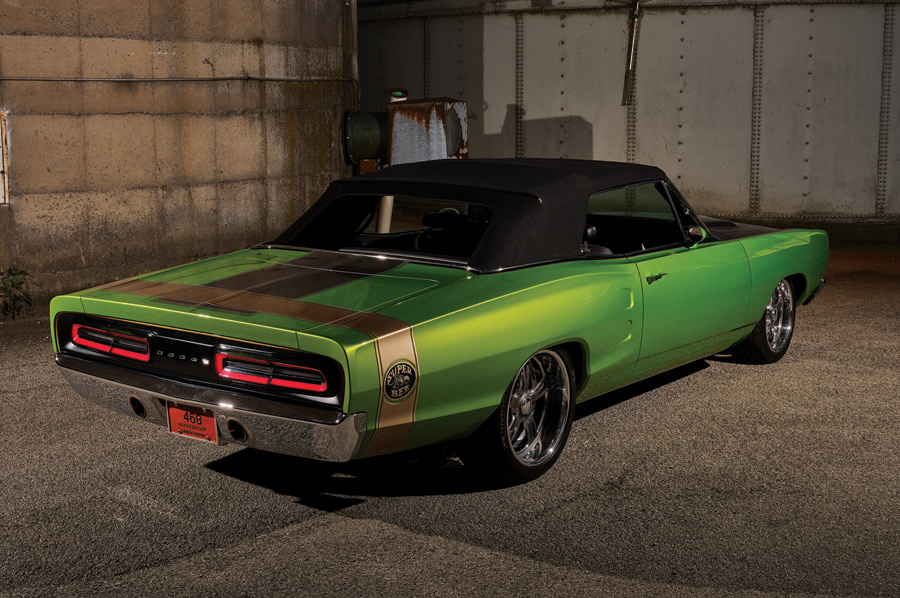
The chassis is based on a stock Coronet unibody frame and it was from here that Dennis installed the USCT Motorsports connectors now welded into position. These connectors are made from 12-gauge steel (factory is 16-gauge) and bent for a precise fit. From here the connectors are designed to be welded to the existing unibody floorpan. No cutting of the floorpan was required and, as is the case, once welded into position a fully boxed framerail connector now exists that’s stronger than the original factory setup.
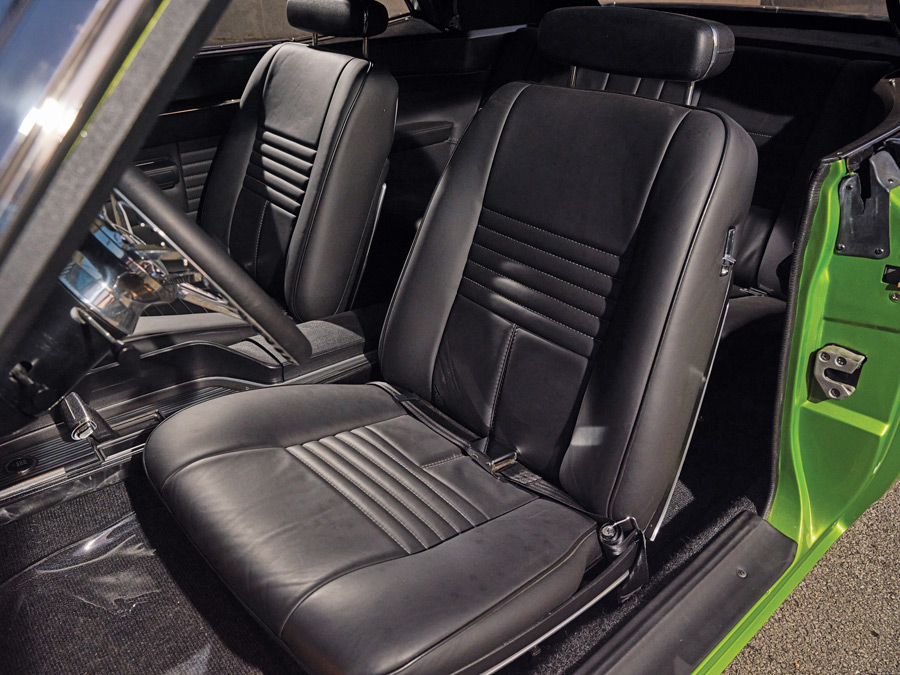
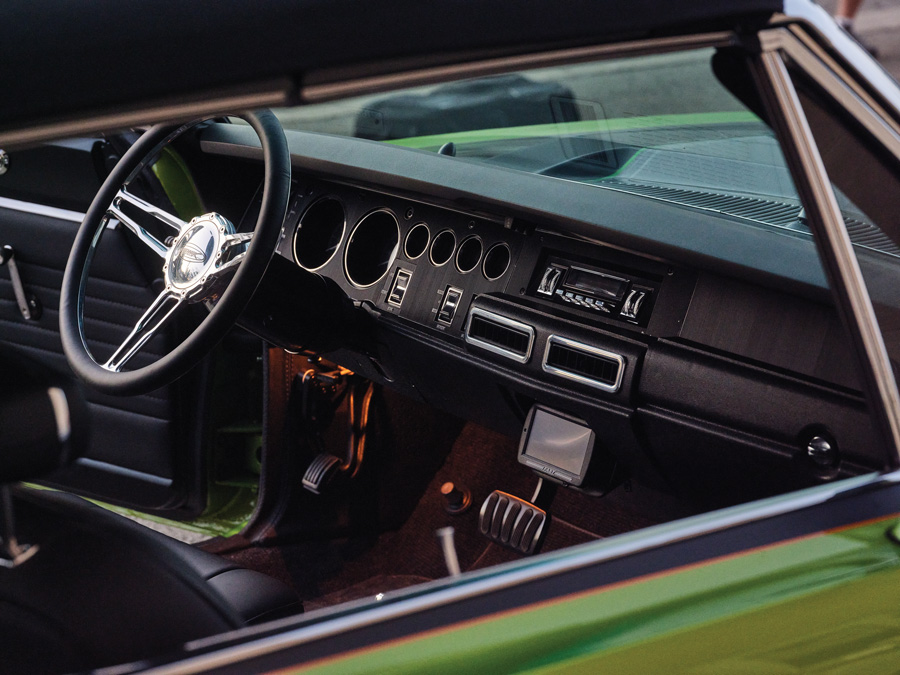
Yes, it’s a 1969 Dodge Coronet convertible but that’s only the beginning of the story. There’s so much more to see and to marvel over with this remarkably crafted drop-top.